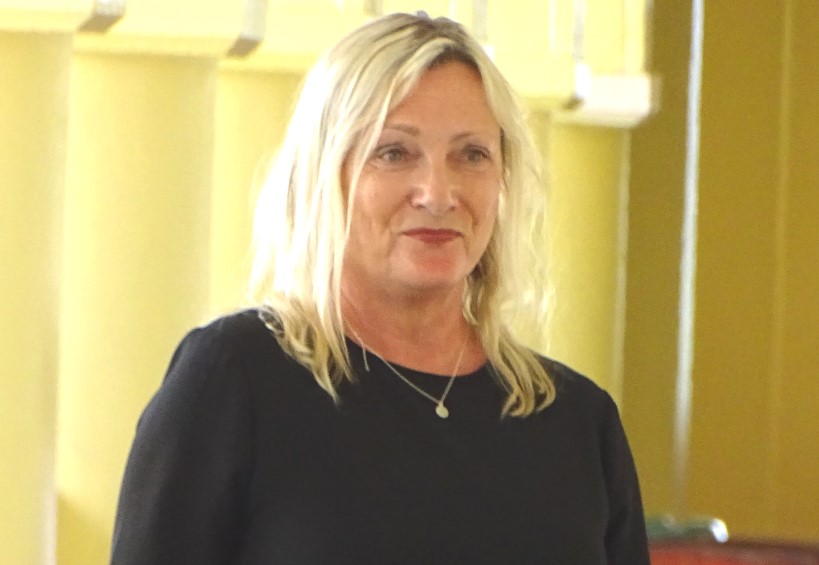Court
There was an Attempted Simulation to copy late Chief Justice’s signature, says Expert

By Lagi Keresoma
APIA, SAMOA – 26 OCTOBER 2022: There was an attempt to copy the late Chief Justice Patū Tiava’asue Falefatu Sapolu’s signature, according to New Zealand forensic handwriting expert Linda Morrell’s testimony in Court yesterday.
Morrell testified on behalf of the plaintiff, the late Chief Justice’s wife, Iliganoa Daphne Sapolu and was given copies of Patū’s will to examine while she was in New Zealand.
The Respondents to the case are the Public Trust Office, Maka Sapolu who Patū’s nephew and Patū’s sister, Luamanuvao Katalaina Sapolu.
Iliganoa claimed that her late husband did not leave a will, and the will currently in question before the Court was a forged one.
Morrell filed her report of her findings to the Court where she noted three possibilities.
- The questioned signature is either genuine and has been completed by P.F. Sapolu,
- Attempted simulation by another person to copy the signature and
- The letter “F” in the signature contains tremor of hesitation within its construction and pen path.
She went on to explain and clarified the differences in Patū’s signature on the two cheques he signed on 25 September 2020 and his signature on his will.
Central to her testimony is the letter “F” which she said raised concern.
She said whilst the rest of the signature was genuine, there was “tremor and hesitation in the presentation of the letter “F”.
The witness was asked several times to give examples of simulation and she referred to the first letter “F” of the signature in the word Falefatu and Sapolu as an example of “simulation, pen path and heavy press.”
And all these examples, she said gave weight to “tremor and hesitation.”
Counsel Unasa Iuni Sapolu who represented the respondent Maka Sapolu pointed out to the witness that she never looked at the other possibility such as a stroke of line which goes towards the end of the word Falefatu and Sapolu.
Uansa said there was a long horizontal line that appears over the letter “n” in the will to which Morrell said “yes”.
“Why was that not mentioned in your report?” asked Unasa.
Morrell said she was pointing at inferences applied to her opinion whether it was simulation or forgery and that she did not give an explicit opinion of the examination because there were two areas of concern.
“Yes there were similarities with his signature but what concerns me is that the letter “F’s” construction was so significantly different to the rest of the signature,” said Morrell.
She said she considered that the signature on the will may not be a genuine signature.
Other possibilities for hesitation
The witness was asked if she had gone through the process of elimination to see other possibilities that likely or probable cause for hesitation.
The witness did not wish to respond to the question but Unasa continued to push for an answer and reminded the witness of her reference to the word “possibilities” several times in her report.
Unasa pointed out that “hesitation” could likely be due to old age, fatigue, mood or illness.
The witness agreed to some and Unasa further pushed that the witness’s report made no reference to other circumstances that may have caused hesitation.
At that point presiding Chief Justice Satiu Simativa Perese said that counsel has made her point.
No report after analysing the original will
The reports Morrell presented to the Court were based on her analysis of the copied documents sent to her, and she only examined the original will on Monday when she arrived.
The Court noted that Morrell did not present a report after examining the original will.
Unasa asked why she did not file a report.
“I did not have a laptop with me,” said Morrell.
Unasa pointed out the importance of her opinion after examining the original will and she should have asked the Plaintiff’s lawyer to use her computer.
Morrell said there was no reason for that as it would not change her opinion after examining the original will but it only reaffirmed what she already knew.
The case continues today.



















